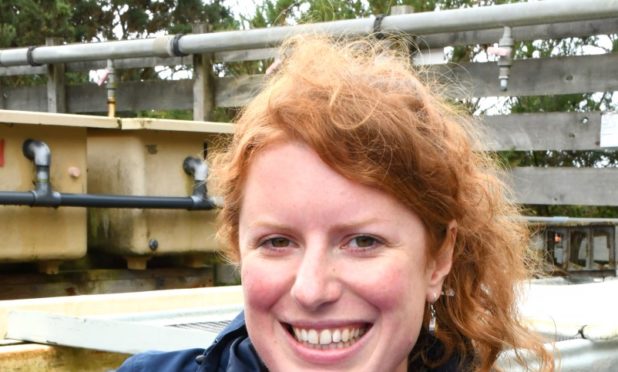They may have a reputation as an aphrodisiac, but even oysters can do with a little help in the sea bed department.
A new study will seek to understand how the hormones of native oysters respond to the natural environment during reproduction.
The results could increase productivity in hatcheries and improve the success of conservation measures.
Dr Mairi Cowan, a researcher at the Scottish Association for Marine Science (SAMS) in Oban, has been awarded €337,400 (£307,851) from the EU Horizon 2020 Marie Curie Fellowship for a three-year study.
The rapid worldwide expansion of marine bivalve aquaculture has led to a growing demand for hatchery seed production. However, increase in production of oysters has been hampered by problems with reproduction including a lack of “physiological synchrony” between males and females.
Dr Cowan is now studying how temperature and light affect the hormones of native oysters to understand ways to improve breeding.
“In many other species we understand really well what’s going on under the surface and which hormones trigger a cascade of hormones that lead to reproduction. There has been much less work done on oysters on what hormones are involved in the fine-tuned timing of when they reproduce.
“Oysters are very heavily controlled by their environment, including the temperature of the sea, so I am interested in the hormones that are affected by temperature and then how that cascade controls reproduction downstream.
“You may have some males or females becoming ready to spawn at different times, it’s not always a uniform process and, like any species, it needs to be uniform. We are trying to understand when that’s going to be and trying to lock that down so you have a more successful fertilisation and more juveniles.”
She said oysters can be influenced by a “medley of cues” from the natural environment, which can be difficult to recreate in a captive environment, such as a hatchery. This can lead to problems in adults being ready to breed.
“At the fundamental level, if you can understand the hormonal control mechanisms of reproduction and how environmental factors are driving these, you can tailor culture conditions to optimise reproductive success in a hatchery.
“This information can be used, not only to increase production but supports the conservation of the species.”
Dr Cowan gained her PhD at the Institute of Aquaculture in Stirling before working for five years at the University of Cadiz in Spain studying brain hormone systems in sea bass. Originally from Kintyre, Argyll, she is delighted to be back on the west coast of Scotland, where oyster production is so important.
